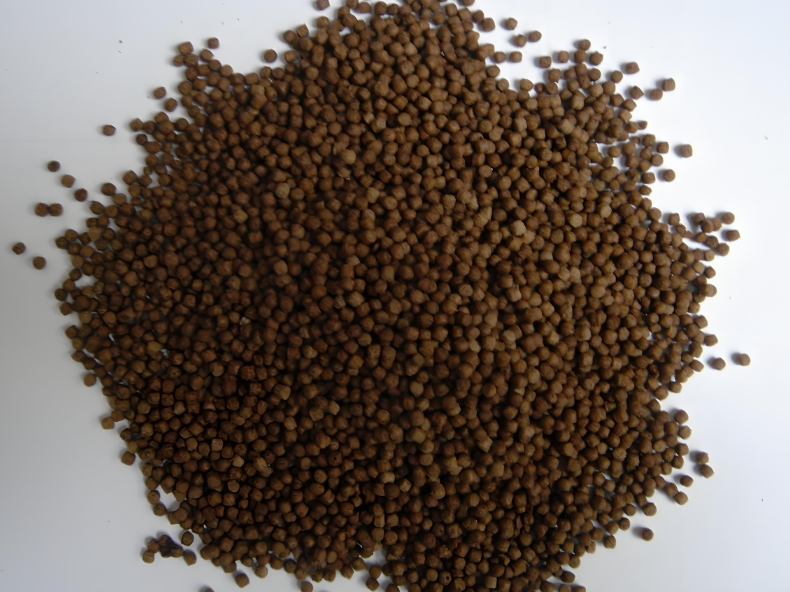Producing and Applying Dog Food Using a Small-Scale Extruder

Introduction
The pet food industry has seen significant growth over the years, with dog owners increasingly seeking high-quality, nutritious options for their furry companions. Small-scale extruders have emerged as a valuable tool for producing dog food, offering flexibility, efficiency, and the ability to create customized recipes. This article explores the process of producing dog food using a small extruder and its practical applications.
1. Understanding the Small-Scale Extruder
A small-scale extruder is a compact machine designed to process raw ingredients into pet food through a combination of heat, pressure, and mechanical shear. It is ideal for small businesses, startups, or even pet owners who want to create homemade dog food. The extruder can handle a variety of ingredients, including grains, proteins, and vegetables, transforming them into uniform, digestible kibble.
2. Ingredients and Formulation
The first step in producing dog food is selecting the right ingredients. A balanced dog food recipe typically includes:
- Proteins: Meat, fish, or plant-based proteins like soy or lentils.
- Carbohydrates: Grains such as rice, corn, or barley, or alternatives like sweet potatoes.
- Fats: Animal fats or vegetable oils for energy and coat health.
- Vitamins and Minerals: Essential nutrients to support overall health.
- Fiber: Ingredients like beet pulp or pumpkin to aid digestion.
The formulation should meet the nutritional requirements of dogs, which vary based on age, size, and activity level.
3. The Extrusion Process
The extrusion process involves several key steps:
- Mixing: Ingredients are thoroughly mixed to ensure a homogeneous blend.
- Conditioning: The mixture is moistened and preheated to prepare it for extrusion.
- Extrusion: The conditioned mixture is fed into the extruder, where it is subjected to high temperature and pressure. This cooks the ingredients and shapes them into kibble.
- Drying: The extruded kibble is dried to reduce moisture content and extend shelf life.
- Coating: Optional step to add flavor enhancers or nutritional coatings.
4. Advantages of Using a Small-Scale Extruder
- Customization: Small extruders allow for the creation of tailored recipes to meet specific dietary needs or preferences.
- Cost-Effective: Ideal for small-scale production, reducing the need for large investments.
- Freshness: Producing dog food in small batches ensures freshness and quality.
- Experimentation: Enables testing of new recipes and ingredients without large-scale commitments.
5. Applications of Small-Scale Extruded Dog Food
- Homemade Dog Food: Pet owners can produce fresh, high-quality dog food at home, ensuring complete control over ingredients.
- Small Businesses: Startups or local pet food brands can use small extruders to create unique, niche products.
- Special Diets: Extruders can produce food for dogs with allergies, sensitivities, or specific health conditions.
- Training Treats: Small extruders can also be used to create bite-sized training treats with customized flavors.
6. Challenges and Considerations
While small-scale extruders offer many benefits, there are challenges to consider:
- Recipe Development: Formulating a balanced recipe requires knowledge of canine nutrition.
- Equipment Maintenance: Regular cleaning and maintenance are essential to ensure consistent performance.
- Regulatory Compliance: Commercial producers must adhere to pet food safety regulations and labeling requirements.
Conclusion
Small-scale extruders provide an excellent opportunity for producing high-quality, customized dog food. Whether for personal use or small business ventures, these machines enable the creation of nutritious, fresh, and tailored pet food options. By understanding the process and addressing potential challenges, dog owners and entrepreneurs can leverage small extruders to meet the growing demand for premium dog food products.









